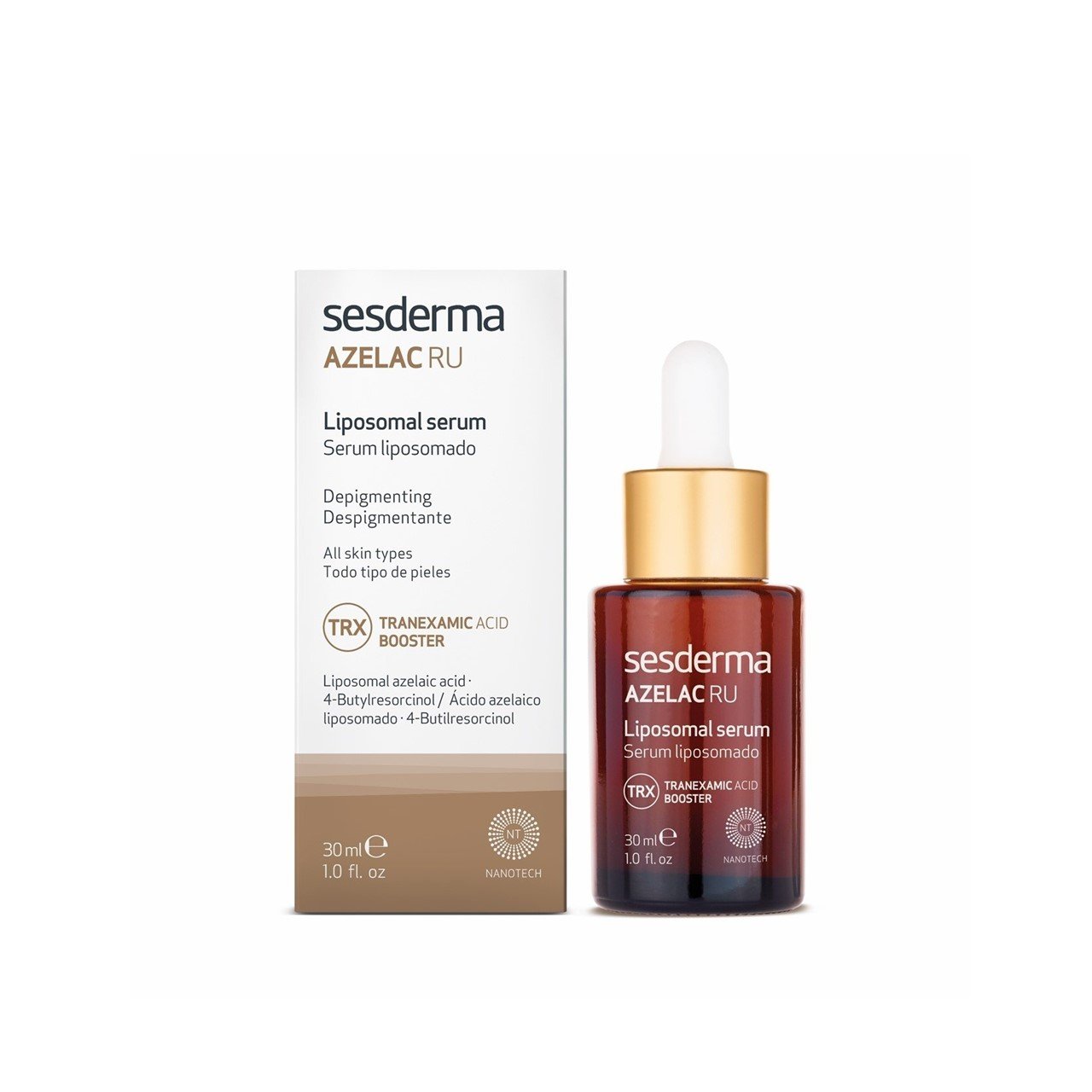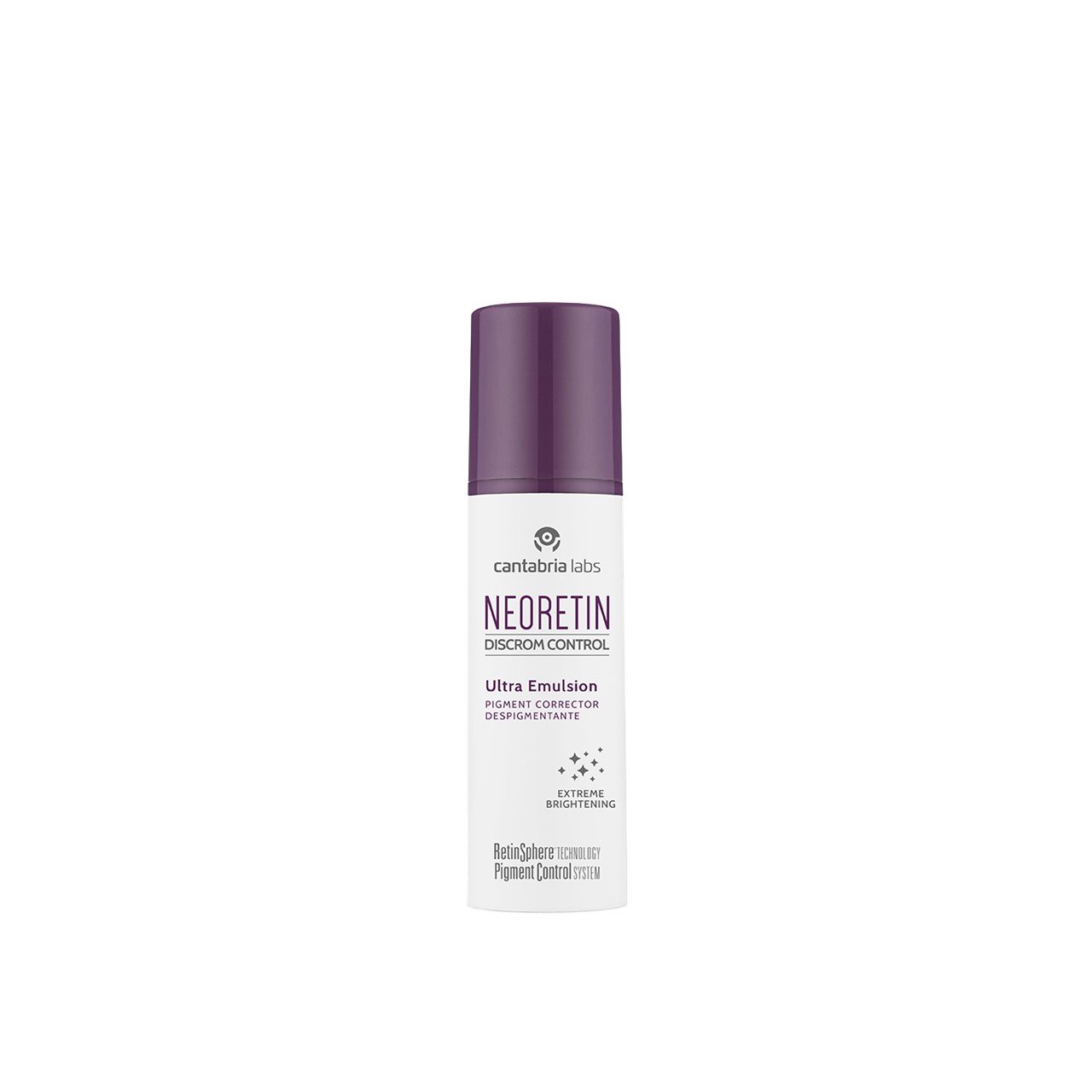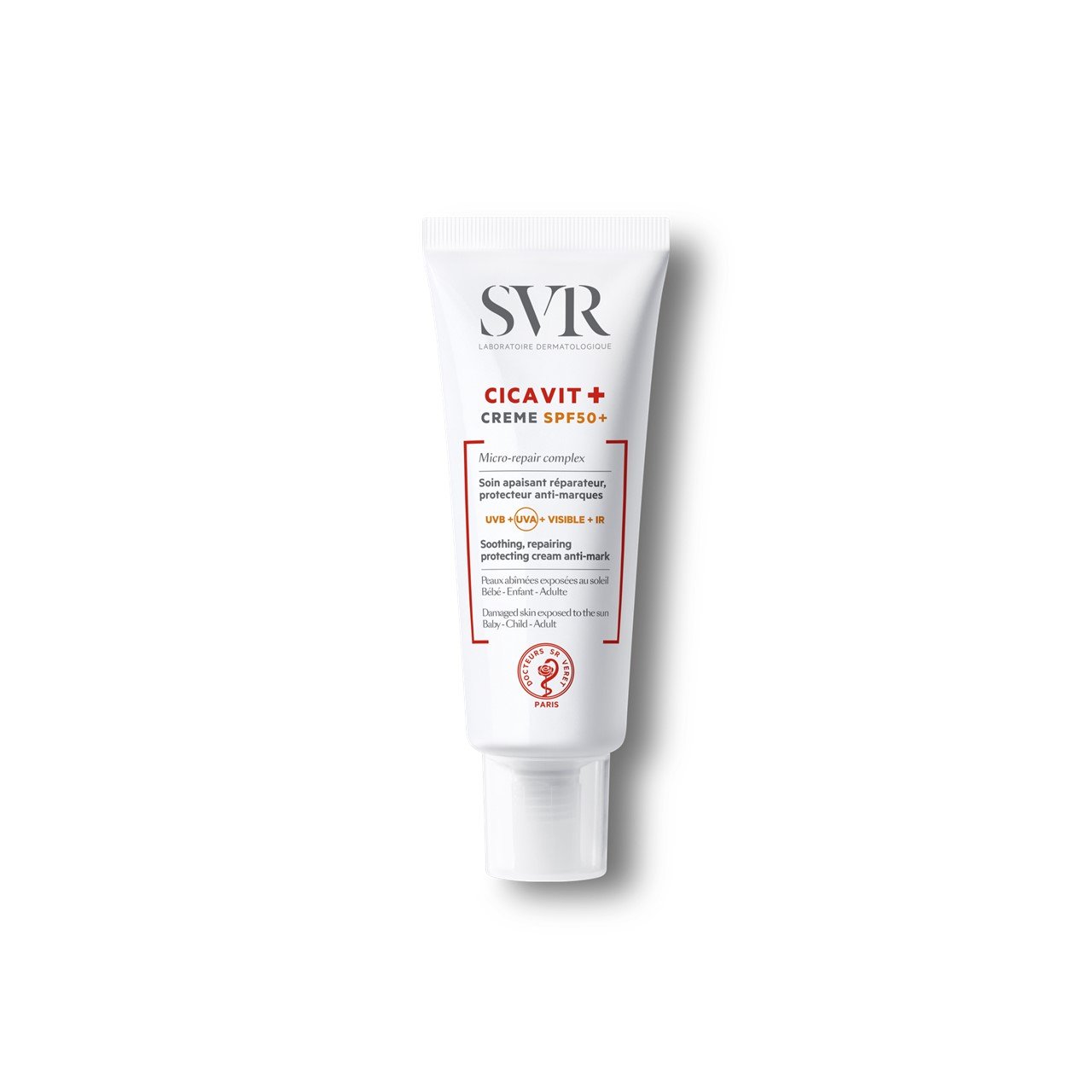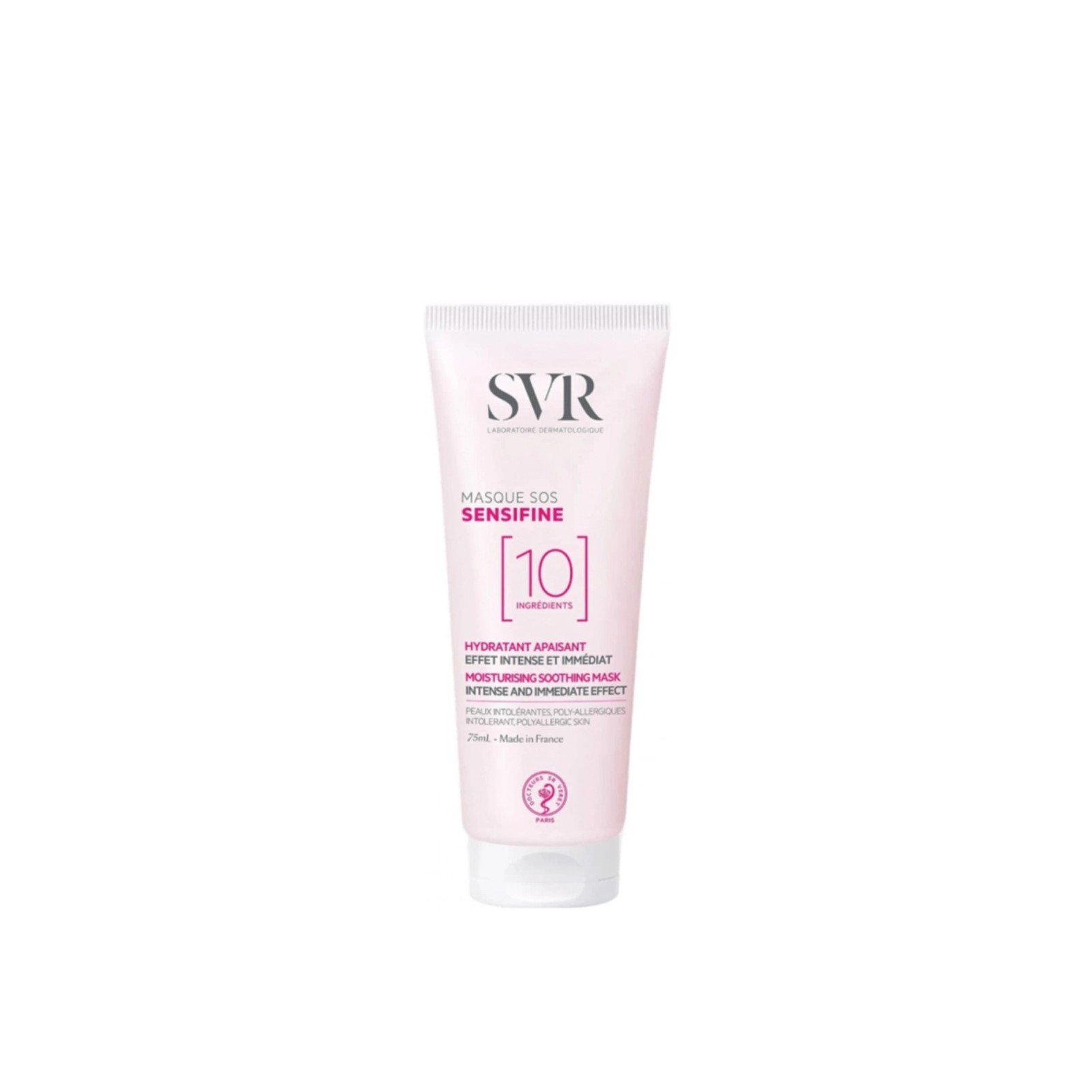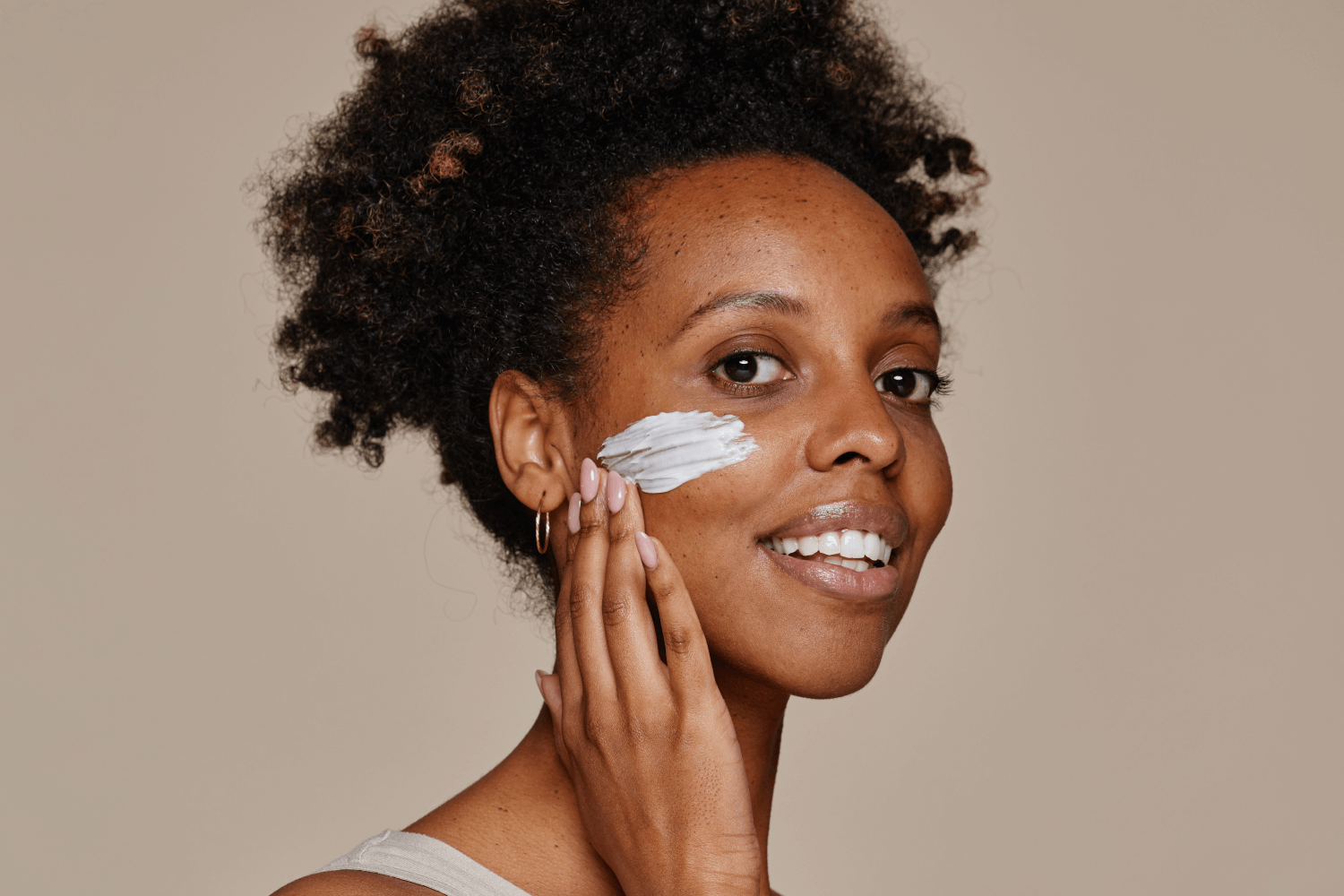
Post-inflammatory hyperpigmentation is extremely common, especially among those with dark skin tones. It’s a common aftermath of inflammation processes, such as acne, eczema, chemical peels or lasers, or lesions. The treatments for PIH depend on whether the pigmentation exists only in the epidermis (the outer layer of the skin) or if it’s located in the dermis (deeper than the first one). While spots on the epidermis will probably fade by themselves over time, the ones on the dermis may require specific treatments by your doctor and may actually never fade.
What is post-inflammatory hyperpigmentation?
Post-inflammatory hyperpigmentation is a reactive hyperproduction of the skin pigment, melanin, after an inflammation process. By being overproduced, melanin ends up depositing either on the epidermis or the dermis, leading to a dark spot where the inflammation process was. It can happen on any skin, independent of age or gender, but is extremely more common on dark skin tones (particularly in those with African, Asian, and South American ancestry). In dark skin tones, the spots tend to be of a greyish darker tone, and usually appear exactly on the area affected by the inflammation process.
Possible causes of post-inflammatory hyperpigmentation
The tendency for hyperproducing melanin after an inflammation tends to be genetic. This is why people with African, Asian or South American ancestry have such a high level of distress with this. They are genetically made to produce more melanin when there is inflammation. It’s easy to understand how hard it ends up being because one can not only be concerned with what is going on with the skin, they are already thinking on what could happen next. Some of the most common causes for inflammation leading up to post-inflammatory pigmentation are the following:
- acne vulgaris;
- atopic eczema;
- burns;
- chemicals peels;
- radiation therapy/resurfacing lasers;
- lichen planus;
- pseudofolliculitis barbae (ingrown hairs on the beard area);
- psoriasis;
- urticaria.
Dos and don’ts for skin with post-inflammatory hyperpigmentation
For those who have a tendency for hyperpigmentation after inflammation, it’s usually tricky to prevent it. Most of all, it’s important to, as you may have guessed, manage the inflammation. This can involve avoiding inflammation, such as letting your practitioner know beforehand that you have a tendency for PIH when going for skin treatments. With that information in hand, they will be able to choose a treatment with less tendency for developing dark spots.
One thing to keep in mind if you suffer from acne is that any lesions are off-limits from picking. This is also valid for any other lesions, whether they’re from atopic eczema, psoriasis, or even mosquito bites.
Additionally, you can also avoid worsening inflammation by taking good care of affected areas. On one hand, it can mean that you use healing ointments that help to soothe the skin. On the other hand, not scratching or removing scabs on the area tends to help. Lastly, you should also follow your doctor’s instructions regarding any medication that can be used to control inflammation.
Post-inflammatory hyperpigmentation skincare: Don’ts
Essentially, it’s important to avoid anything that may trigger inflammation. Skincare-wise, it means avoiding using high-potency retinoids or peelings, as well as any other ingredients that make your skin red or peel aggressively.
Post-inflammatory hyperpigmentation skincare: Dos
If the dark spots are already there, most of the pigmentation is just on the epidermis (the outer layer of the skin) and may fade by itself over time. However, if the melanin has been deposited on the dermis (deeper than the first one) it may be permanent. Your doctor will be able to perform some procedures that are able to accelerate recovery, but you can also try to manage it at home if we’re talking about a superficial spot.
Moreover, pigmentation is always worsened by sunlight. This means that, if you have acne and a tendency for dark spots, sunscreen is an absolute must-have.
Creams for post-inflammatory hyperpigmentation
If you wish to accelerate the process of fading post-inflammatory hyperpigmentation, there are a few ingredients and treatments that can be of assistance. Namely, when it comes to cosmetics, we’re definitely talking about azelaic acid and retinol. There are also a few medications that can be prescribed by your doctor, as well as some soothing ointments that you can use while there is inflammation.
All in all, post-inflammatory hyperpigmentation highly benefits from taking care of your skin. If you’re looking for solutions for dark spots you already have, you can check our selection of products for dark spots.
Pharmacy Technician & Beauty Writer


